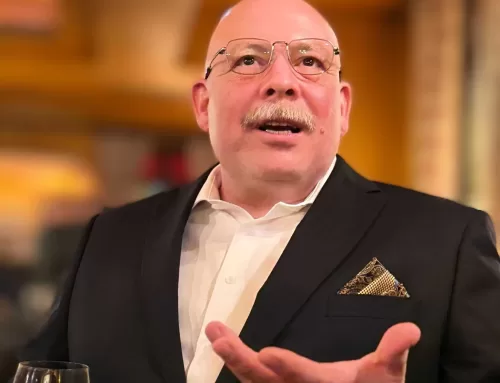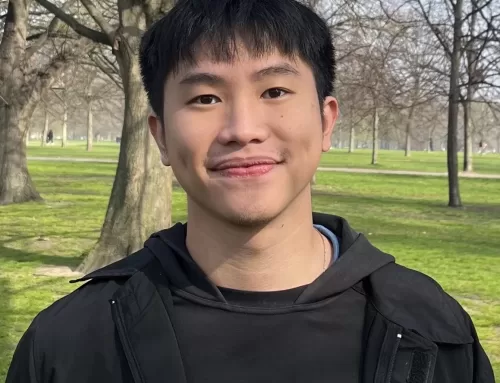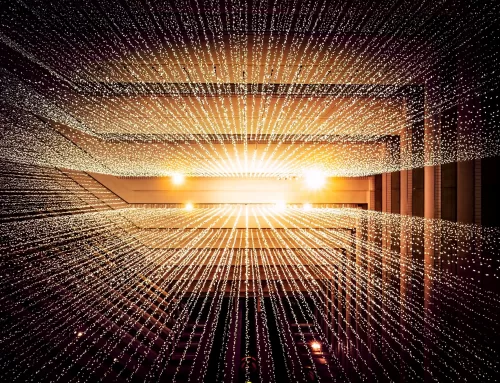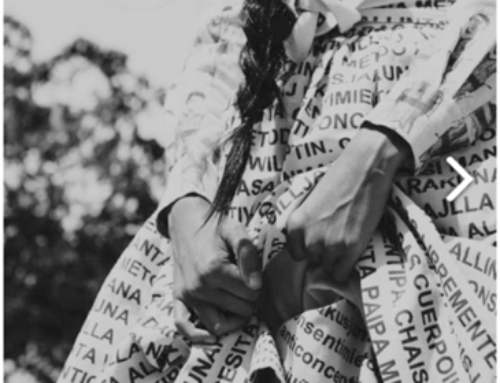Two years ago in my World Futures class, I examined the future of social media as it relates to mental health. I wanted to explore how people will interact through social media and how those social networks would influence our relationships with ourselves and others. Would it bring us together as a society or would we become increasingly isolated as we utilize social media platforms to connect? How would these technologies enable, hinder or even change how we view relationships?

I scanned the horizon for new or different uses of social media. I found trends around social media usage and explored plans that companies like Facebook and AT&T were making to ensure they would have a disproportionate share of our eyeballs. This research led me to four different scenarios based on a four quadrant of mental health and social media usage.
- There was “With a Little Help from My Friends”, where social media was a fad, but society still used technologies like avatars to connect in small group settings.
- “So Happy Together” had us seamlessly integrating mass social communication with rich interpersonal relationships across different human and non-human (AI) friends.
- On the dystopian side, “Alone Again, Naturally” had society in a state of distrust with each other because of social media
- “Only the Lonely” saw a world full of people addicted to increasing their follower count.
In just two years, so much has changed. Technology has been speeding along, but so has my worldview. When I look back at my trends and scan hits, I can see some of them being short-sighted. I focused too much on the platform and the technology itself. Allo is defunct, but WhatsApp is still going strong. I seemed to have missed Twitch and TikTok, but AT&T just launched their consumer 5G network a few weeks ago. I also don’t think I looked long or hard enough at my basic STEEP categories. Regulations are now passing to help consumers better manage we use how their data is used in marketing, which enables most social media platforms to provide their services for “free”. This obviously could impact the way we use or view social media.
And of course, there was one big item I failed to consider; that we would always have an option. Face to Face interaction was a given for me. I assumed that going digital was the variable. I could always delete my Facebook account and just ask my friend to lunch if I wanted to know out about her vacation. The inverse never occurred to me. Perhaps, physical distance would create inconvenience based on location, but it would never be an impossibility. I thought it more likely that some sort of solar flare, or hacker group that would take out our ability to go online. But I never considered that we would be advised to avoid socializing in-person. COVID-19 has forced many of us to social media for a variety of reasons: companionship, news, telemedicine, or even just checking in on friends and loved ones. Just in the last few weeks, Facebook in the UK has added 300 local Coronavirus support groups with a combined membership of over a million people (source). Zoom, an app and software used for video conferencing, went from downloads of about 56,000 in one day, to over 2 million (source). For some us, this type of connection is comforting, and we’re finding ways to incorporate our social media as part of a good mental hygiene routine. For others, we’re using it to obsess over the most recent World Health Organization situation report, or to spread a hopeful, but fake, claim that a cure has been found.
I think of my foresight toolkit and wonder what technique I could have employed to overcome my bias? Would Sohail’s Causal Layered Analysis helped me find my blind spots by examining why socializing is important? Maybe. Should I have used archetypes or a probable, possible, and preferable approach to my scenarios instead? Perhaps. Could I have done a better job of scanning? Probably. Looking back, I still think my original scenarios could still happen and I think in some cases, they are playing out now. People use technology for different reasons in different ways, at different times. I think every person could map to or identify with one of the four scenarios or maybe even several of them. I know that I’m vacillating between feeling better for having the ability to FaceTime my mom to consistently checking my local subreddit to see how many more people have tested positive. There will be more changes to our world based on this pandemic. And the next time I examine the future, I won’t hold anything as a given, especially that which feels most like the historical default. — Natalie Pacheco




